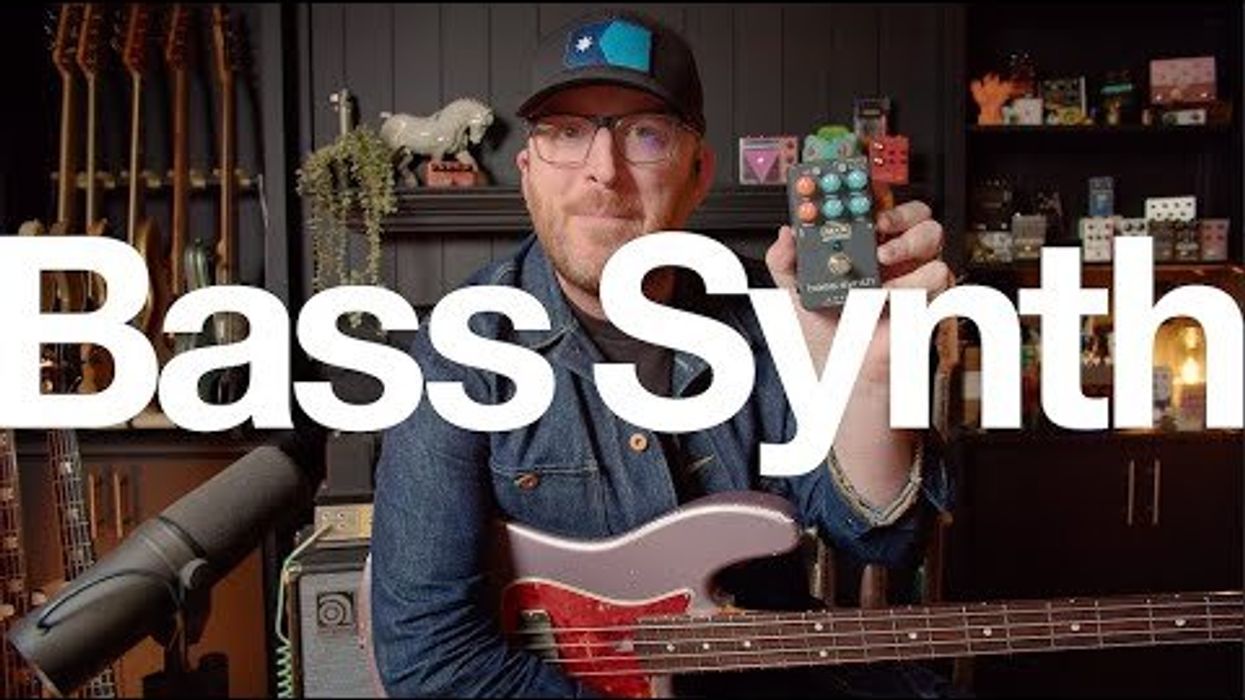Search
Latest Stories
Start your day right!
Get latest updates and insights delivered to your inbox.
Pickup Reviews
Check out the best pickup reviews!
Don’t Miss Out
Get the latest updates and insights delivered to your inbox.
Popular
Recent
load more


















